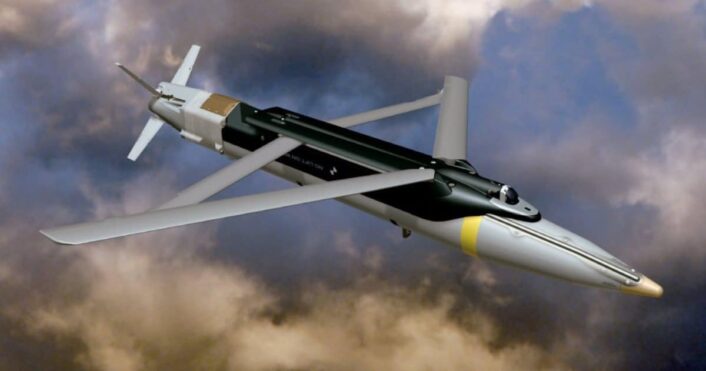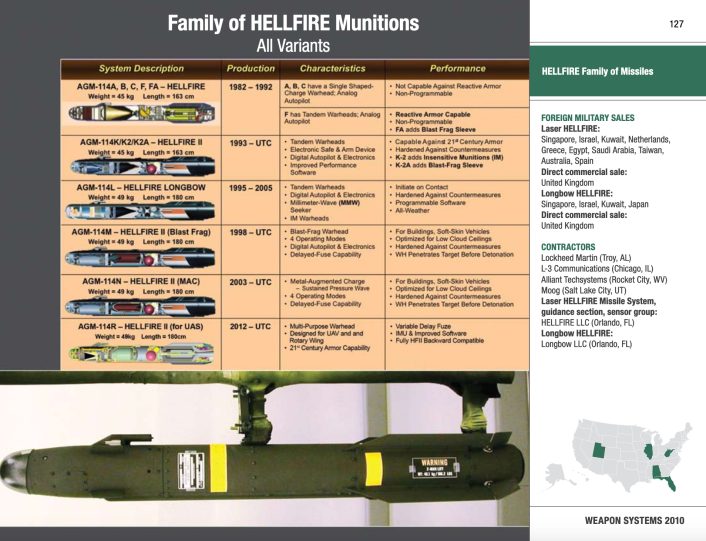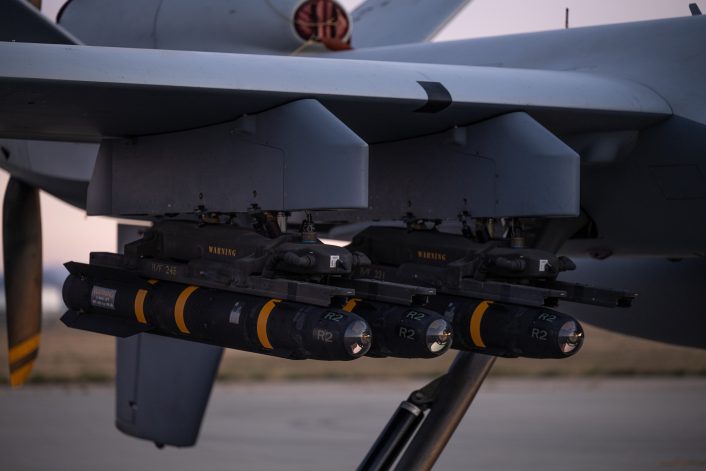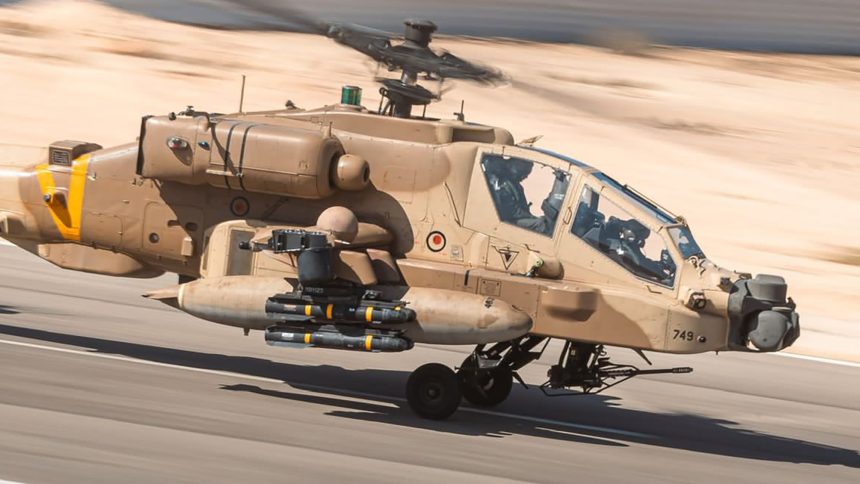Israel got the go-ahead to buy, among the others, over 2,100 GBU-39 SDBs and 3,000 AGM-114 Hellfire missiles.
The U.S. State Department has given the green light for two massive potential arms deals with Israel, approving the sale of bombs, guidance kits, missiles, and related munitions for an estimated $7.3 billion. The Defense Security Cooperation Agency (DSCA) formally notified Congress of the proposed sales, which are set to bolster Israel’s military capabilities.
According to the NY Times, U.S. officials also included additional bombs, not mentioned in the official DSCA statements for a total worth $8.4 billion.
The approvals came just days after Trump sat down with Israeli Prime Minister Benjamin Netanyahu, where he declared that the U.S. would “take over” the war-torn Gaza Strip and transform it into the “Riviera of the Middle East,” and despite a Democratic lawmakers’ request that the sale be paused until he received more information.
GBU-39/B SDB
Israel’s request includes over 2,100 GBU-39/B Small Diameter Bombs, 2,800 MK 82 500-pound bomb bodies, and more than 17,000 FMU-152A/B fuzes. Additionally, the deal covers thousands of JDAM (Joint Direct Attack Munition) guidance kits, to transform conventional bombs into precision-guided munitions. The equipment will be sourced both from U.S. military stockpiles and major defense contractors, including Boeing, ATK Tactical Systems, and L3Harris. Deliveries are expected to commence in 2025.
The SDB is a small 250-lb multipurpose, insensitive, penetrating bomb with a blast-fragmentation warhead for stationary targets. It is equipped with deployable wings for extended standoff range that open upon release allowing the GPS-guided bomb to glide for several miles before hitting the target with accuracy: launched at high-speed from high altitude it can travel for as much as 50 miles, allowing the attack plane to remain outside the range of most SAM (Surface-to-Air Missile) batteries.

AGM-114 Hellfire
In a separate but related approval, the State Department also signed off on a $660 million sale of 3,000 AGM-114 Hellfire missiles (“to include one or any combination of the R3, F, F/A, K1, K1A, K2, K3, K3A, KA, N, N3, and/or R variants”) to Israel. Deliveries of the Hellfire missiles are projected to begin in 2028.
The Hellfire is an air-launched anti-tank missile, which entered service in 1984 at the height of the Cold War. Earlier versions were only laser-guided and designed to be employed prevalently by helicopters like the AH-64 Apache attack helicopter.

As explained in a recent story here at The Aviationist, the upgraded Hellfire II variant entered U.S. service in 1996 and, since then, has been widely used on many platforms, but achieved fame particularly as the weapon of choice for drones like the MQ-1 Predator and MQ-9 Reaper during the years of the War on Terror. American drones and Hellfire missiles were famously involved in the strike that stopped the fleeing convoy of Libyan dictator Muammar Gaddafi, in the strike in Baghdad that targeted the Iranian general Qassem Soleimani and in the elimination of al Qaeda’s leader Ayman al-Zawahiri.

The Hellfire II also has a radar-guided variant, the Longbow Hellfire, equipped with a millimeter-wave active radar, making it a fire-and-forget weapon with even a lock-on after launch capability. This variant is now also used in the C-UAS role. The Longbow radar is famously mounted on the top of the rotor of the newer Apache versions, allowing the helicopter to engage enemy targets while behind cover and only exposing the radar on top.
A peculiar Hellfire version is the R-9X variant, sporting a kinetic warhead with six pop-out blades that replace explosives and reduce collateral damage. The R-9X Hellfire, popularly known as “Ninja Missile” and “Flying Ginsu”, was the type used to target Ayman al-Zawahiri in Afghanistan.
The AGM-114 Hellfire, which weighs 104 pounds (47 kg, with 20 pounds or 9kg being the warhead) and has a range of between 7 and 11 km, has already been used in an anti-aircraft role. The first air-to-air operational use was on May 24, 2001, when an Israeli Apache engaged a Cessna 152 intruding from Lebanon. Israel in February 2018 again successfully engaged an aerial target, this time an Iranian-made drone, that entered its airspace from Syria.
Interestingly, in November 2023, an unusual variant of the Hellfire air-to-ground missile, marked by a striking red stripe around its midsection, drew attention and speculation after the Israeli Air Force shared an image of an AH-64D Saraf carrying it on X.
Reposting with updated info. The @IAFsite posted the image of the Hellfire in #Gaza with the red band then took it down and replaced it with the other image. I checked the ID with others that indicated it was the thermobaric N. Now they reply it could be incendiary M /1/ pic.twitter.com/e0JlVLQHf1
— Marc Garlasco (@marcgarlasco) November 5, 2023
Not altering the military balance in the region
A statement from the DSCA emphasized the strategic nature of these deals:
“The United States is committed to the security of Israel, and it is vital to U.S. national interests to assist Israel to develop and maintain a strong and ready self-defense capability. This proposed sale is consistent with those objectives.”
“The proposed sale of this equipment and support will not alter the basic military balance in the region.”
The agency further stated that the sale would enhance Israel’s ability to counter existing and emerging threats, reinforcing homeland defense and serving as a deterrent in the region. Notably, the transactions will not require additional U.S. military personnel in Israel, apart from periodic technical support visits.
While the proposed sales do not include offset agreements at this time, any such arrangements will be determined in negotiations between Israel and the contractors, DSCA said.









